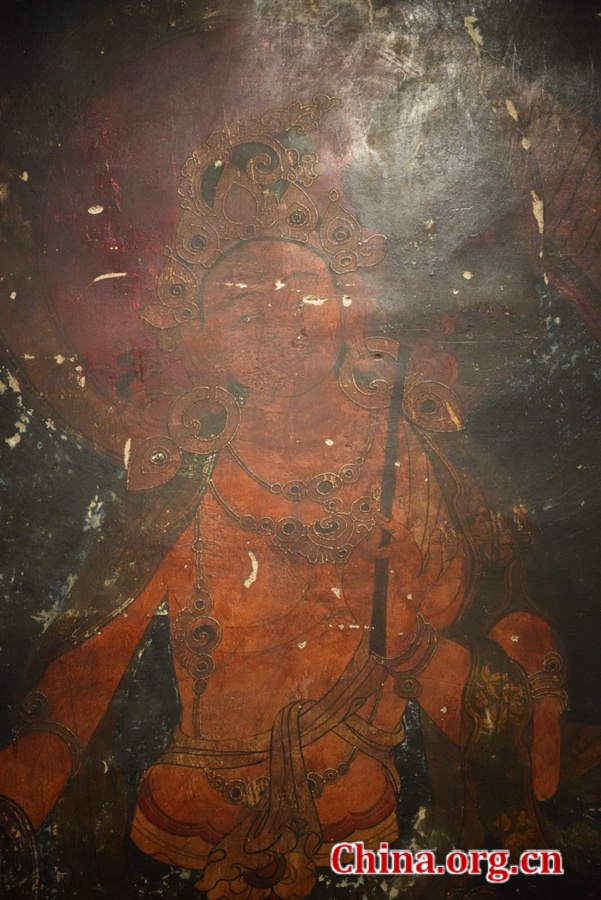Hidden amid the bustling streets of Lhasa, just behind iconic landmarks like the Jokhang Temple and Barkhor Street, lies the Jebum-Gang Art Center. This unique cultural space, the first public cultural space in Xizang Autonomous Region adapted from a historic building, is the only remaining mandala-style structure in Lhasa. It perfectly embodies the essence of Tibetan history and architecture while providing a vibrant venue for contemporary art and culture.
Built in the latter half of the 19th century, the center's name, Jebum-gang, means "Holy Place of 100,000 Tsongkhapas" in Tibetan. This is because the site once featured a five-story structure that housed 100,000 tsatsas, or small molded clay sculptures of Tsongkhapa (1357-1419), the founder of the Gelug school of Tibetan Buddhism.
Today, the center offers visitors a rare and serene experience, where the ancient architecture creates a multidimensional backdrop for art. Here, exquisite Qing dynasty (1644-1911) murals meet avant-garde contemporary works, creating a powerful fusion of past and present.
A mural dating to the Qing dynasty (1644-1911) in the Jebum-Gang Art Center, Lhasa, Xizang Autonomous Region, Sept. 10, 2025. With dynamic compositions and refined brushwork, the center's murals are considered outstanding examples of late 19th century Tibetan painting. [Photo by Huang Shan/China.org.cn]


 Share:
Share: 





 京公网安备 11010802027341号
京公网安备 11010802027341号